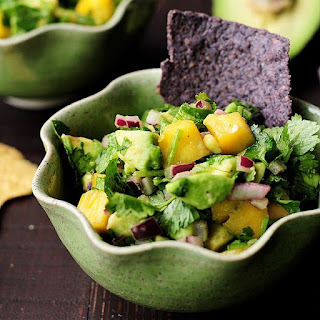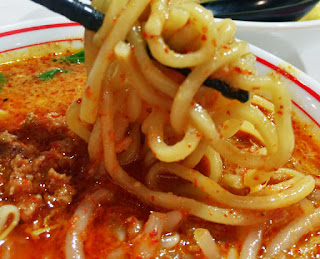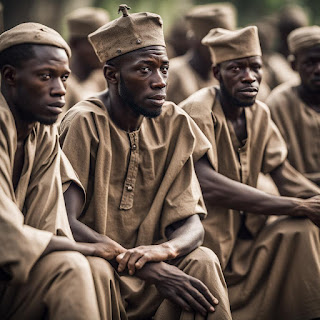The Problem With Oral History

Oral history in Gabon faces challenges intertwined with the impact of colonialism. Colonial powers disrupted local narratives, imposing their perspectives and erasing indigenous voices. The legacy includes gaps, distortions, and loss of cultural nuances in Gabon's oral history. The forcing of colonial narratives leads to biased oral history and written accounts. Navigating Oral History, Colonial Shadows, and the Resilience of the Indigenous People in Gabon In 1492, Christopher Columbus, an Italian explorer sponsored by Spain, embarked on his first voyage across the Atlantic. On October 12, 1492, he reached the Americas, making landfall in the present-day Bahamas. Before Columbus, around 1440, Portuguese traders arrived in the coastal areas of Gabon. It was in this West African region where Portuguese traders were most active in enslaving the Mpongwe and numerous other tribes. During this period, Gabon also got its name in a general way to designate the river of that name and all
 Since 2007
Since 2007












